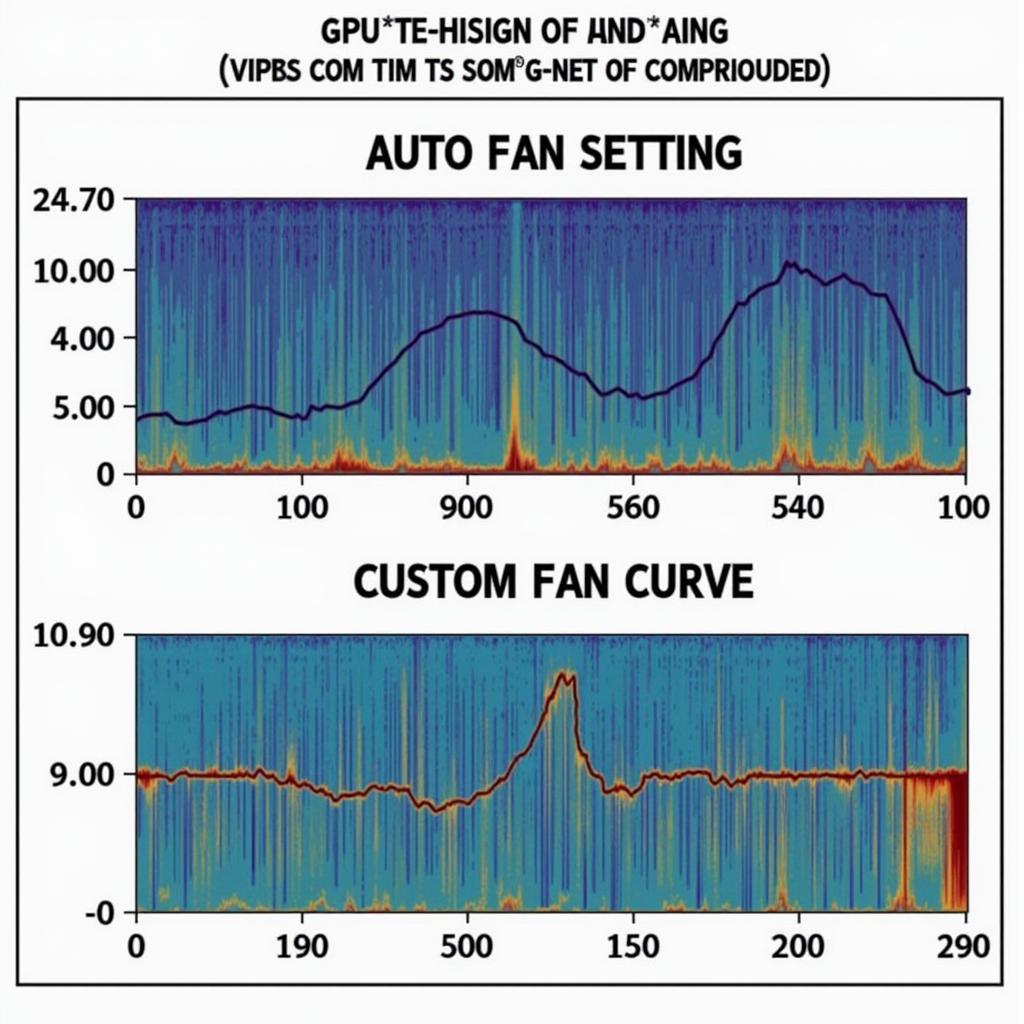MSI Afterburner is a popular graphics card overclocking utility, but it also offers robust fan control features. Many users wonder whether they should utilize the auto fan feature, and the answer, like many things in PC hardware, is: it depends. This article delves into the pros and cons of using MSI Afterburner’s auto fan setting, helping you decide what’s best for your specific needs and system configuration.
Understanding MSI Afterburner’s Auto Fan Feature
Auto fan mode in MSI Afterburner automatically adjusts your GPU fan speed based on the temperature of your graphics card. The idea is to maintain a balance between cooling performance and noise levels. When your GPU is idle or under light load, the fan speed will be low or even off, minimizing noise. As the GPU temperature rises under heavier loads, the fan speed increases to keep it cool.
Pros of Using Auto Fan
One major advantage of using the auto fan feature is its simplicity. It requires minimal setup and configuration, making it a great option for users who aren’t comfortable with manual fan curves. Just enable the auto feature, and Afterburner takes care of the rest. This is especially helpful for those new to overclocking or PC hardware in general.
Another benefit is the potential for reduced noise. With auto fan, the fans only spin up when needed, keeping your system quiet during less demanding tasks like web browsing or watching videos. For users who prioritize a quiet computing experience, this can be a significant advantage.
Cons of Using Auto Fan
While the auto fan setting offers convenience, it can sometimes be less efficient than a custom fan curve. The default auto fan profile might not be optimized for every GPU or system. It might ramp up the fans too late, leading to higher temperatures than desired, or it might be overly aggressive, causing unnecessary noise.
Furthermore, the auto fan curve might not respond quickly enough to sudden temperature spikes, which can occur during intensive gaming or demanding applications. This can momentarily push your GPU to higher temperatures before the fan speed adjusts accordingly.
Creating a Custom Fan Curve
For optimal performance and noise control, creating a custom fan curve is often the best approach. This allows you to fine-tune the fan speed at different temperature points, ensuring your GPU stays cool under load while minimizing noise when idle. It requires a bit more effort but provides greater control over your cooling solution.
Start by monitoring your GPU temperature during typical workloads. Then, adjust the fan curve in Afterburner, gradually increasing the fan speed as the temperature rises. Experiment with different curves until you find the perfect balance between cooling and acoustics.
When to Use Auto Fan vs. Custom Fan Curve
So, when should you stick with the auto fan setting, and when should you switch to a custom curve? If you’re a casual user who prioritizes simplicity and isn’t pushing your GPU to its limits, the auto fan feature is likely sufficient. However, if you’re an enthusiast gamer or overclocker who wants maximum performance and precise control over your cooling, a custom fan curve is highly recommended.
Consider the specific demands you place on your GPU. If you primarily use your computer for less demanding tasks, the auto fan setting is likely adequate. But if you regularly engage in graphically intensive activities like gaming or video editing, a custom fan curve can help ensure your GPU stays cool and performs optimally.
 Comparing GPU Temperatures with Auto vs. Custom Fan
Comparing GPU Temperatures with Auto vs. Custom Fan
Conclusion
The decision of whether to use MSI Afterburner’s auto fan feature ultimately depends on your individual needs and priorities. While the auto setting offers convenience and often adequate cooling, a custom fan curve provides greater control and optimization. By understanding the pros and cons of each approach, you can make an informed decision that best suits your specific usage scenario and ensures optimal performance and noise levels for your system. By considering these factors, you can determine the best fan control strategy for your specific needs and ensure your GPU operates at its peak performance.
FAQ
- Is it safe to use MSI Afterburner’s auto fan? Yes, it’s generally safe.
- Can I switch between auto and custom fan curves? Yes, you can easily toggle between the two.
- Does the auto fan setting work with all GPUs? While it works with most GPUs, compatibility might vary.
- How do I access the fan control settings in MSI Afterburner? Open the application and navigate to the fan control section.
- Can I adjust the auto fan curve itself? No, you can’t directly modify the auto curve; you need to create a custom one.
- Will a custom fan curve improve my gaming performance? A custom curve can help maintain optimal temperatures, potentially improving performance and preventing thermal throttling.
- How often should I adjust my custom fan curve? Adjust it as needed, especially after changing hardware or overclocking settings.
Need assistance? Contact us at Phone: 0903426737, Email: fansbongda@gmail.com or visit our address: Group 9, Zone 6, Gieng Day Ward, Ha Long City, Quang Ninh, Vietnam. We have a 24/7 customer support team.


